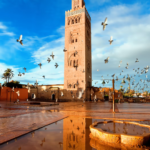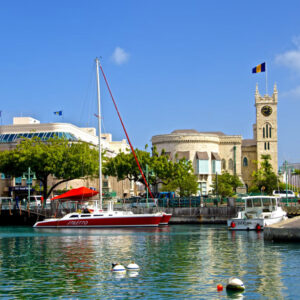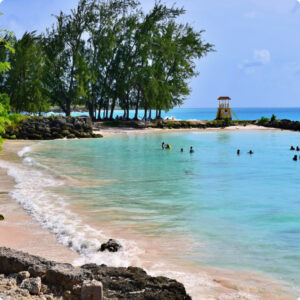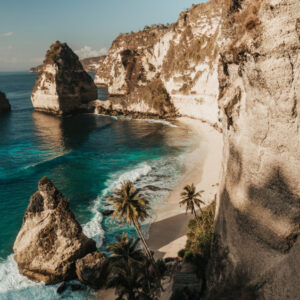Casablanca, Morocco’s largest city and economic capital, is a vibrant metropolis located on the Atlantic coast. Known for its modernity and cosmopolitan atmosphere, it serves as the country’s main port and industrial hub. The city blends traditional Moroccan heritage with Art Deco and contemporary influences, reflecting its colonial history and rapid urban development.
-
Habous Quarter – A charming district combining Moroccan and French architecture, known for its souks and artisanal shops.
-
Ain Diab Corniche – A lively beachfront area with restaurants, cafes, and nightlife.
-
Hassan II Mosque – An iconic landmark and one of the world’s largest mosques, known for its exquisite design and seaside location.
History of Casablanca:
-
Ancient Origins:
Originally a small Berber settlement, the area was known as Anfa, a key trading post for Phoenicians and Romans. -
Portuguese Rule (15th–18th Century):
The Portuguese destroyed Anfa in 1468 and later rebuilt it as a fortified coastal city, calling it Casa Branca. -
French Protectorate (1912–1956):
Under French rule, Casablanca expanded rapidly, becoming a major port and adopting Art Deco and European-style urban planning. -
Post-Independence (1956–Present):
Since Morocco’s independence, Casablanca has grown into a bustling commercial center, maintaining its status as a gateway for global trade and tourism.Cultural Significance:
Casablanca is a symbol of modern Morocco, known for its thriving business sector, contemporary lifestyle, and rich cultural heritage. It is celebrated for its cinematic fame, particularly the classic film Casablanca, and for landmarks like the Hassan II Mosque, showcasing the city’s blend of tradition and innovation.










